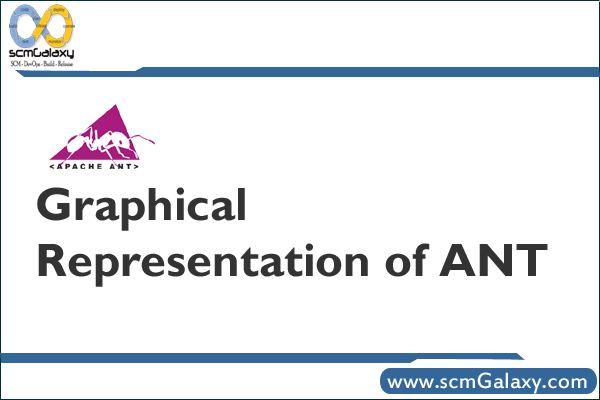Graphical Models Libraries are software tools or frameworks that provide functionality for constructing, analyzing, and performing inference in graphical models. Graphical models, also known as probabilistic graphical models, are statistical models that represent the probabilistic relationships between a set of variables using a graph structure.
Here are the 10 top graphical models libraries:
1. Pyro:
Pyro is a flexible probabilistic programming library developed by Uber AI. It provides a unified framework for building deep probabilistic models and performing Bayesian inference. Pyro supports a variety of modeling techniques, including directed and undirected graphical models, and offers tools for variational inference and Monte Carlo methods.
2. Edward:
Edward is a probabilistic programming library built on top of TensorFlow. It focuses on Bayesian modeling and inference, making it easy to specify and train complex probabilistic models. Edward supports both directed and undirected graphical models and provides algorithms for approximate inference.
3. Stan:
Stan is a popular probabilistic programming language that supports modeling and inference for graphical models. It offers a powerful modeling language and provides efficient algorithms for Bayesian inference, including Hamiltonian Monte Carlo (HMC). Stan has interfaces for various programming languages, such as Python, R, and MATLAB.
4. PyMC3:
PyMC3 is a Python library for probabilistic programming that specializes in Bayesian modeling and inference. It supports both directed and undirected graphical models and provides a wide range of inference algorithms, including Markov chain Monte Carlo (MCMC) methods. PyMC3 integrates well with NumPy and TensorFlow.
5. Infer.NET:
Infer.NET is a popular open-source framework developed by Microsoft Research. It supports the modeling and inference of graphical models, including both directed and undirected models. Infer.NET offers a rich set of modeling constructs and efficient inference algorithms, making it suitable for a wide range of applications.
6. OpenGM:
OpenGM is a C++ library for graphical models that supports various types of graphical models, including factor graphs and Markov random fields. It provides a flexible interface for constructing and manipulating graphical models and offers efficient algorithms for inference and optimization.
7. pomegranate:
pomegranate is a Python library that focuses on probabilistic modeling and inference, including graphical models. It supports both directed and undirected graphical models and provides a range of algorithms for learning and inference, such as belief propagation and Viterbi decoding.
8. Graph-tool:
Graph-tool is a Python library for working with graph structures and performing graph-based computations. It includes functionality for building and analyzing graphical models, including factor graphs and Markov random fields. Graph-tool provides efficient algorithms for inference and optimization.
9. Libra:
Libra is a C++ library for graphical models that supports both directed and undirected graphical models. It offers a wide range of inference algorithms, including variational methods and message passing algorithms. Libra also provides tools for learning the structure and parameters of graphical models.
10. HUGIN:
HUGIN is a comprehensive suite of tools for probabilistic graphical modeling. It includes a graphical modeling language and supports both directed and undirected graphical models. HUGIN provides algorithms for exact and approximate inference, parameter learning, and structure learning.
